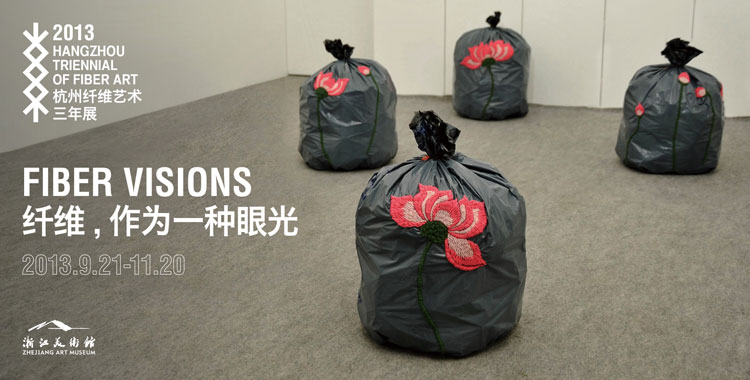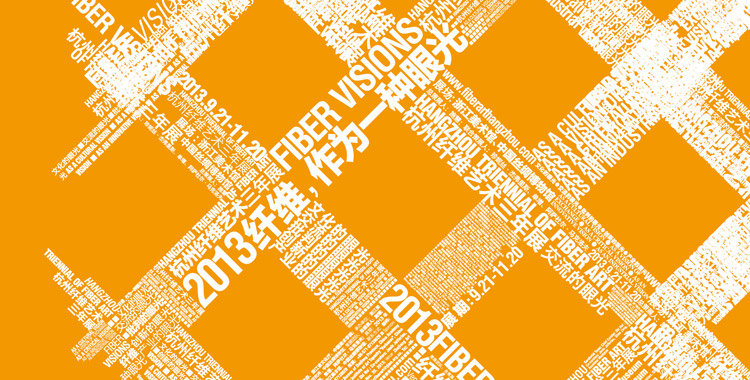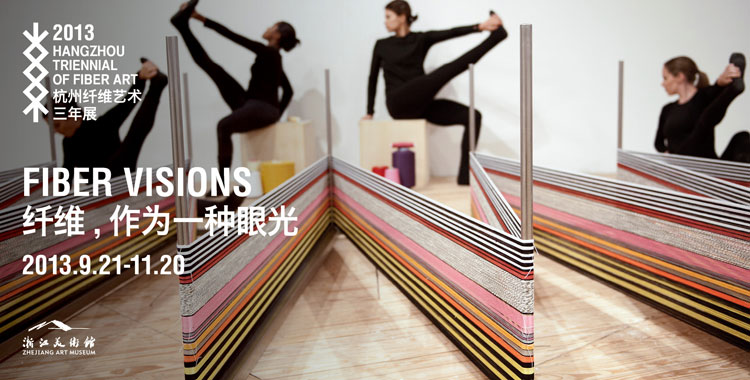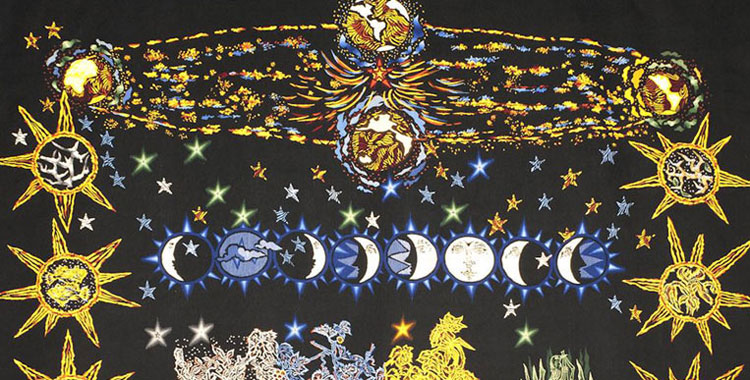2025年12月31日 星期三
Lenore Tawney
Lenore Tawney was born in Lorain, Ohio,USA in 1907. In the 1940s, she studied art in Chicago with Lazlo Moholy-Nagy and with the modernist sculptor Alexander Archipenko. After studying tapestry in 1954 at the Penland School of Craft with Finnish weaver Martta Taipale, she began to devote herself more entirely to experimentations with weaving. She moved from more Chicago Manhattan in 1957, where her neighbors included Ellsworth Kelly, Jack Youngerman, Robert Indiana, and Agnes Martin.
Lenore Tawney's monumental works, which she called "woven forms," first gained worldwide attention in a 1963 exhibition at the American Craft Museum and then in 1964 at the Kunsgewerbemuseum in Zurich with works by Sheila Hicks and Claire Zeisler. Curator Erika Billeter remembers the occasion as a ‘genuine avant – garde event’.
Tawney’s works are extremely light and shimmering brightly, translucent and yet manifesting a textile, architectonic form, and every one of her works was always sculptural weaves of incredible tenderness. She has never been tied to handicraft. The pre – Columbian gauze weaves inspired Lenore Tawney to apply them for a new textile design. The experience she gained led to her first environment ‘oeuvre’ later, which she simply calls ‘Cloud’. In ‘Clouds’ she achieved her goal: the space is dissolved into translucent, airy threads.
Statement
‘As I was weaving, the warp began to hang in places looser then the woven part. I thought to my self, it won’t be any good. Then I thought, but I don’t have to show to anybody; it’s just for my self. And I felt so free! I did as I wanted. And when I took it off the loom and threw it on the floor I felt that tiny click near the heart that meant; it was not so bad. So I learned in that piece that I had freedom to do what I wanted.
Fiberarts Magazine 1997, talk with Eleanor Munro.
“I didn’t have any real reason for leaving, except it was an inner feeling that I wanted a higher goal. The truest thing in my life was my work... I wanted my life to be as true.”
Interview with Paul Cummings In 1971
“…It isn’t patience. I don’t go about it patiently. I love this kind of work. I work with dedication. It’s simply work….”
“…I didn’t plead to be in the art world, I didn’t pay attention. I just took what came...”
“…The struggle to express an inner vision of a reality greater than the individual self, a reality that transcends the mundane, is what lies at the root of a genuine artistic impulse...”
































